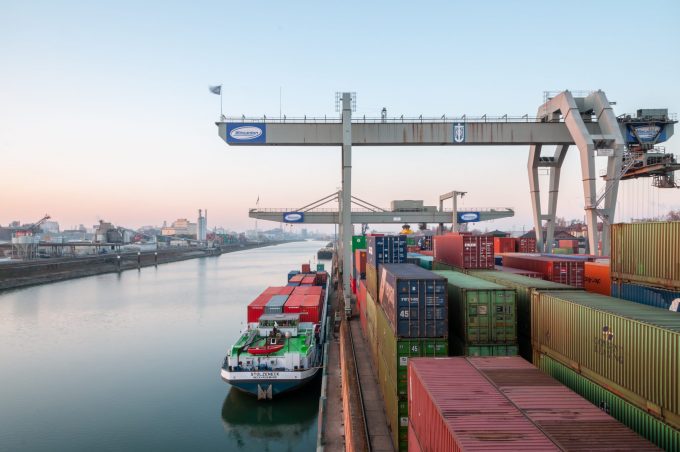Bottlenecks at North Europe deepsea ports the real cause of barge delays
Contargo is to expand its inland terminal at Frankfurt’s Industriepark Hoechst by 10,000 sq metres, ...

Germany’s repurposing of barge capacity to meet growing demand from the coal industry has left barge owners “ecstatic” – but it has heaped further pressure on northern Europe’s inland sector, as low water adds to the constraints.
In anticipation of Russian president Vladimir Putin turning off the gas in response to western sanctions over his war in Ukraine, the German government is feeding extra coal volumes to supply power plants.
“Barge-owners are cashing in on high demand and the high daily charter ...
Amazon pushes into LTL for small package fulfilment and UPS does a u-turn
New senior management for DSV as it readies for DB Schenker takeover
Volumes set to 'fall off a cliff' as US firms hit the brakes on sourcing and bookings
Asian exporters scramble for ships and boxes to beat 90-day tariff pause
Temporary tariff relief brings on early transpacific peak season
'Tariff madness' will prompt renegotiation of ocean shipping contracts
Forwarders 'allowing the fox into the chicken run' by supporting 'hungry' carriers
Response to tariffs by Chinese importers may see extra costs for US shippers

Comment on this article